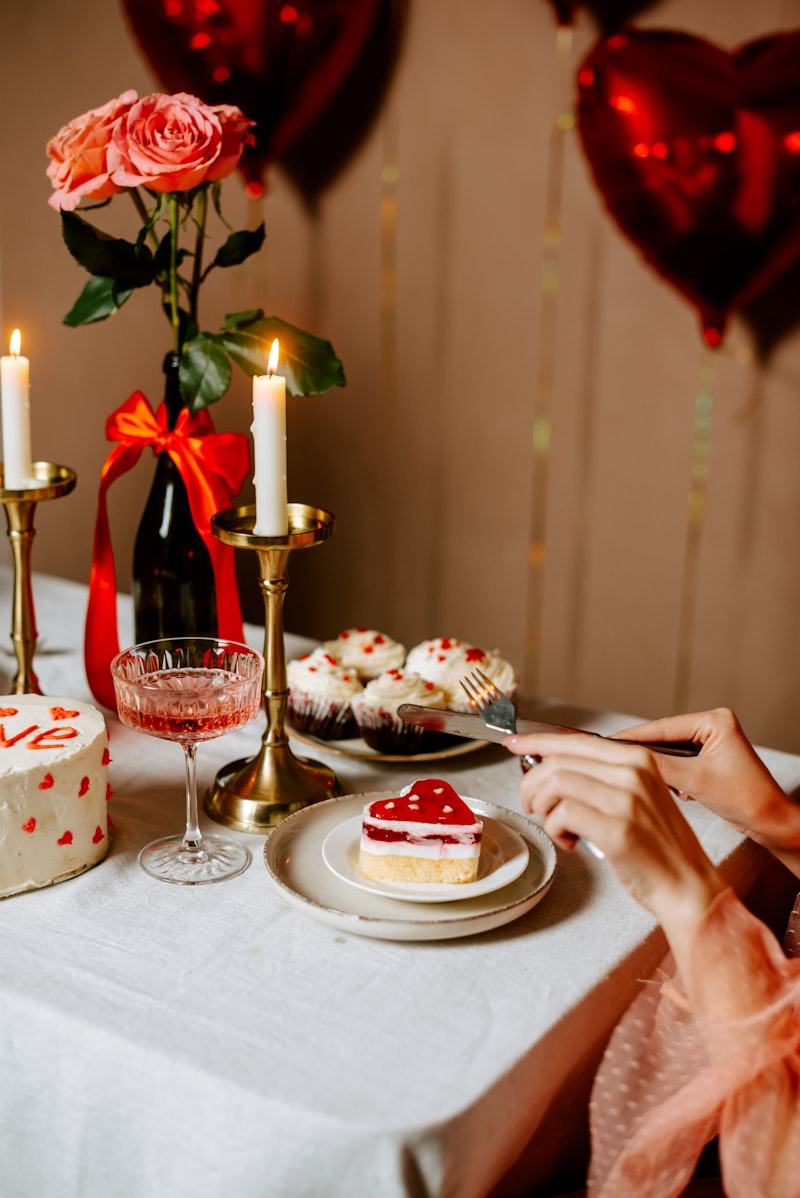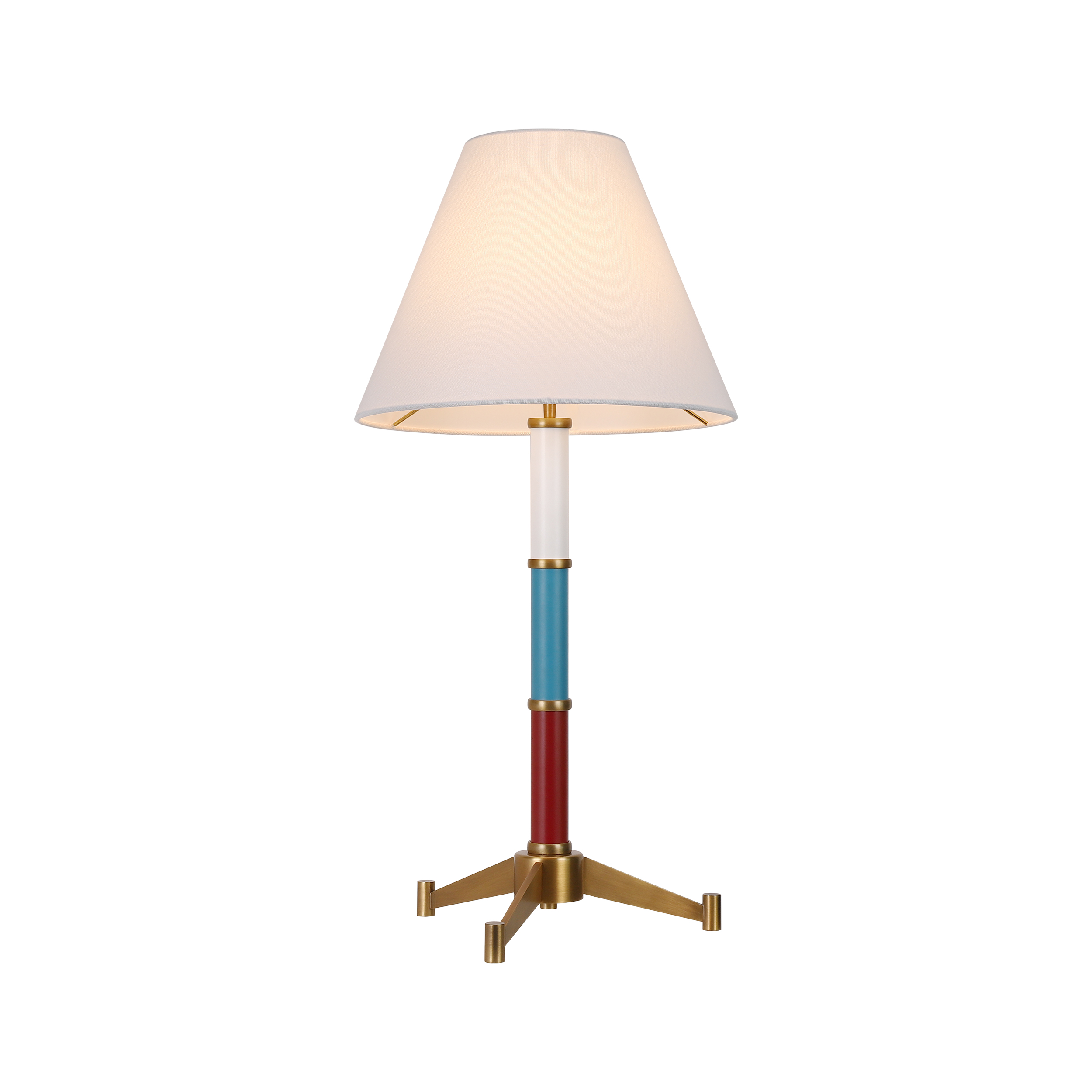Exploring Color Psychology in Candle Decor: How Colors Influence Ambiance
Exploring Color Psychology in Candle Decor: How Colors Influence Ambiance
Candle decor has evolved from simple Aesthetics to an intricate blend of design, mood-setting, and color psychology. As we delve into the realm of color psychology in candle decor, we uncover the secrets behind how colors can influence our emotions, ambiance, and even our social interactions. Understanding this connection allows us to harness the power of color to enhance our living spaces, create memorable experiences, and evoke specific feelings.
The Basics of Color Psychology
Color psychology is the study of how colors affect human behavior and emotions. Each color carries its own significance and can evoke different feelings and responses. For instance, calm blues might instill serenity, while vibrant reds can inspire passion. In candle decor, these nuances are pivotal, as the right hues can transform a mundane space into a sanctuary of tranquility or energy.
Key Colors and Their Emotional Impacts
| Color | Emotional Impact | Best Usage in Candle Decor |
| Red | Passion, energy, love | Romantic settings, celebration events |
| Blue | Calmness, trust, tranquility | Relaxing environments, meditation spaces |
| Yellow | Happiness, warmth, cheerfulness | Social gatherings, breakfast nooks |
| Green | Growth, harmony, freshness | Homes, offices, garden spaces |
| Purple | Lavishness, creativity, spirituality | Artistic areas, bedrooms |
| White | Purity, simplicity, peace | Minimalist styles, calming spaces |
Understanding these colors and their psychological impacts can help in selecting the perfect candle decor for any occasion.
Creating Atmosphere with Candle Decor
When it comes to candle decor, the colors you choose can dramatically alter the atmosphere of your space. Here are a few ways to incorporate color psychology into your candle decor:
1. Romantic Dinners
If you’re planning a candlelit dinner, consider using red or pink candles to evoke feelings of love and passion. Grouping various candle heights can create a dynamic visual appeal. For example, using a mix of short and tall candles in varying shades of red can draw attention and set the romantic mood.

2. Creating a Relaxing Environment
For spaces meant for relaxation, such as a living room or bedroom, opt for soothing colors like blue or green. Light blue candles can enhance a feeling of serenity, while green candles can rejuvenate a space. Pair these with soft furnishings to heighten the calming effect.
3. Invigorating Spaces
In areas that require energy and alertness, such as a home office or workout space, consider vibrant colors like orange or yellow. These colors can uplift spirits and boost motivation. Consider candles in cheerful designs or colors to create a lively atmosphere.
Seasonal Candle Decor
Color psychology doesn’t remain static; it evolves with the seasons. Seasonal decor can align with the colors commonly associated with each time of year:
Spring
Pastels like lavender, baby blue, and soft pink symbolize renewal. Consider using light-colored candles to breathe life into your decor as spring approaches.
Summer
Bright and warm colors such as yellows and bright oranges can mimic the warmth of the sun, fostering an upbeat mood. Candles in tropical scents can enhance the feel of summer.
Autumn
Rustic colors like deep reds, oranges, and browns can embody the essence of fall. Use candles in earthy tones to enhance your decor during this transitional period.
Winter
Cool colors such as icy blues and shimmering whites reflect the serene beauty of winter. Candles in these colors can make your space feel cozy while still being elegant.
Practical Tips for Using Candle Color Psychology
When integrating color psychology into your candle decor, consider the following tips:
1. Match Colors with Purpose
Identify the purpose of the space and select colors accordingly. Whether it's to unwind or to energize, the right hues can amplify the intended atmosphere.
2. Layer Colors
Don’t be afraid to mix and match different colors. Create layers by grouping candles of various heights and colors to add visual interest.
3. Incorporate Scents with Colors
Pair colors with complementary scents for an enveloping experience. For example, a calming blue candle with lavender scent can significantly enhance relaxation.
Conclusion: Harnessing the Power of Color Psychology in Candle Decor
Incorporating color psychology into your candle decor is not merely a design choice; it’s a powerful means of influencing mood and creating memorable experiences. By understanding how colors can affect emotions, you can choose the perfect candles to match your needs, whether you are hosting a warm gathering or seeking a peaceful retreat. Always remember to consider the purpose of the space when selecting colors and scents. This way, your candle decor can truly reflect the ambiance you wish to create.
In the end, let your creativity flow while you experiment with different colors and scents. Embrace the ability of color psychology to transform your space through the warmth and light of candle decor. Happy decorating!
